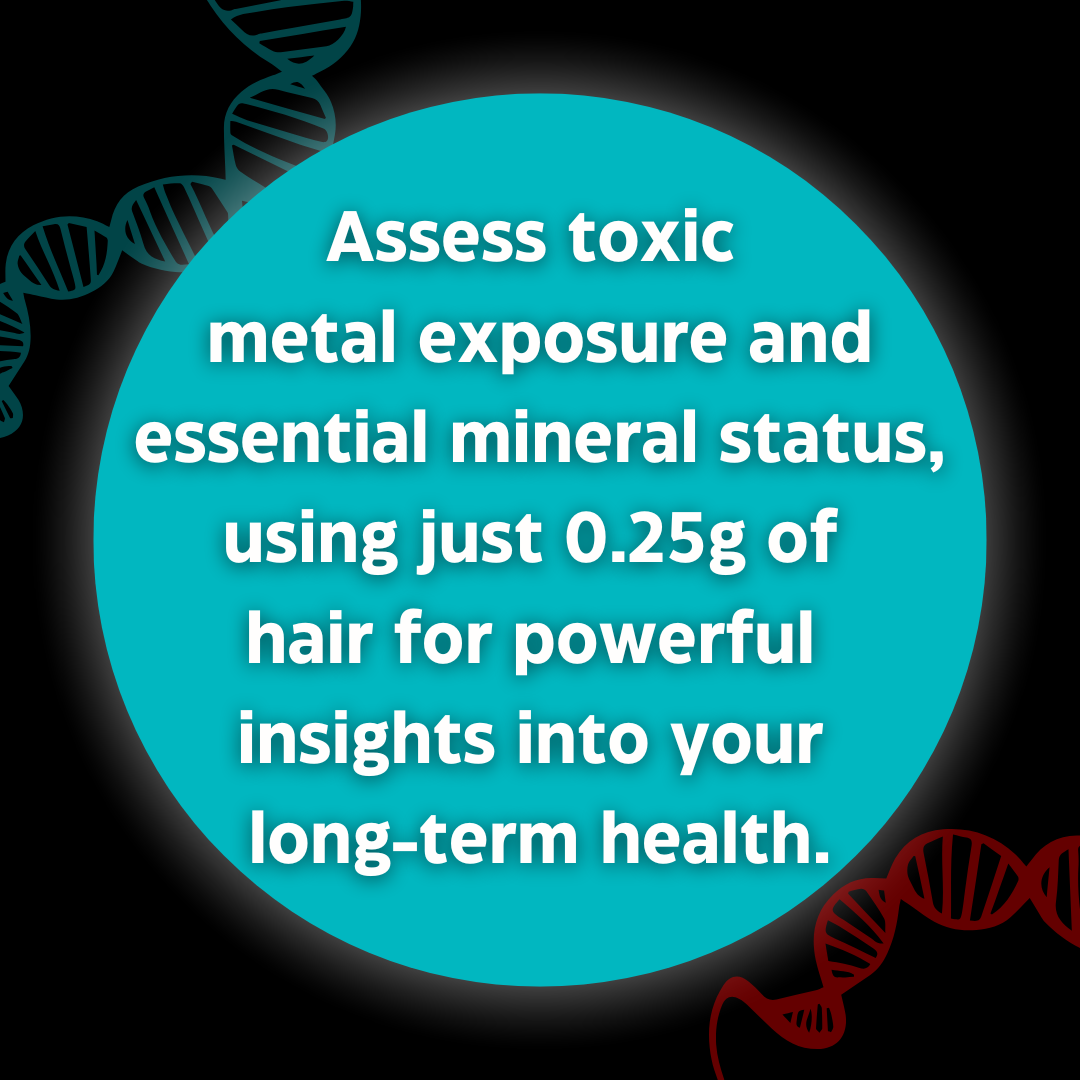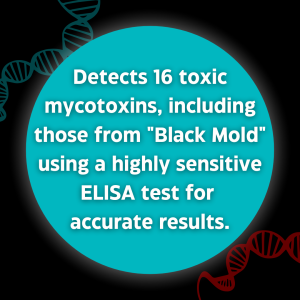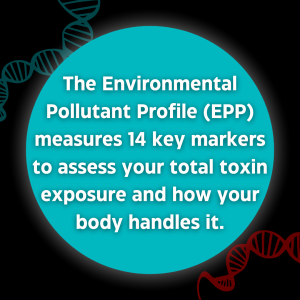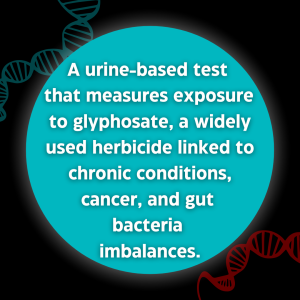Description
Useful for:
- Toxic Element Exposure
- Excessive Fish Consumption
- Alopecia
- Depression
- Fatigue
- Malabsorption
- Hypertension
- Impaired Glucose Tolerance
- Kidney Function
- Parkinson’s-like Symptoms
- Sexual Impotence or Decreased Testosterone Production
- Vision Problems
A specialist and pioneer in essential and toxic elemental testing since 1972, Doctor’s Data has been validated as a supplier of trace element results for the certification of a hair reference material to the European Commission Joint Research Centre.
With respect to its contained elements, hair is essentially an excretory tissue rather than a functional tissue. Hair element analysis provides important information which, in conjunction with symptoms and other laboratory values, can assist the physician with an early diagnosis of physiological disorders associated with aberrations in essential and toxic element metabolism.
As protein is synthesized in the hair follicle, elements are incorporated permanently into the hair with no further exchange or equilibration with other tissues. Scalp hair is easy to sample, and because it grows an average of one to two cm per month, it contains a “temporal record” of element metabolism and exposure to toxic elements.
Nutrient elements including magnesium, chromium, zinc, copper and selenium are obligatory co-factors for hundreds of important enzymes and also are essential for the normal functions of vitamins. The levels of these elements in hair are correlated with levels in organs and other tissues.
Toxic elements may be 200 to 300 times more highly concentrated in hair than in blood or urine. Therefore, hair is the tissue of choice for detection of recent exposure to elements such as arsenic, aluminum, cadmium, lead, antimony and mercury. The CDC acknowledges the value of hair mercury levels as a maternal and infant marker for exposure to neurotoxic methylmercury from fish.
Through recent vast improvements in technology, instrumentation and application of scientific protocols, hair element analysis has become a valuable tool for providing dependable and useful data for physicians and their patients. The U.S. Environmental Protection Agency stated in a recent report that “…if hair samples are properly collected and cleaned, and analyzed by the best analytic methods, using standards and blanks as required, in a clean and reliable laboratory by experienced personnel, the data are reliable.” (U.S.E.P.A. 600/4-79-049)
Hair, however, is vulnerable to external elemental contamination by means of certain shampoos, bleaches, dyes, and curing or straightening treatments. Therefore, the first step in the interpretation of a hair element report is to rule out sources of external contamination.
Hair element analysis is a valuable and inexpensive screen for physiological excess, deficiency or maldistribution of elements. It should not be considered a stand-alone diagnostic test for essential element function, and should be used in conjunction with patient symptoms and other laboratory tests. Doctor’s Data offers a Hair Toxic and Essential Elements profile and a Hair Toxic Element Exposure profile containing an expanded lineup of toxic metals.





